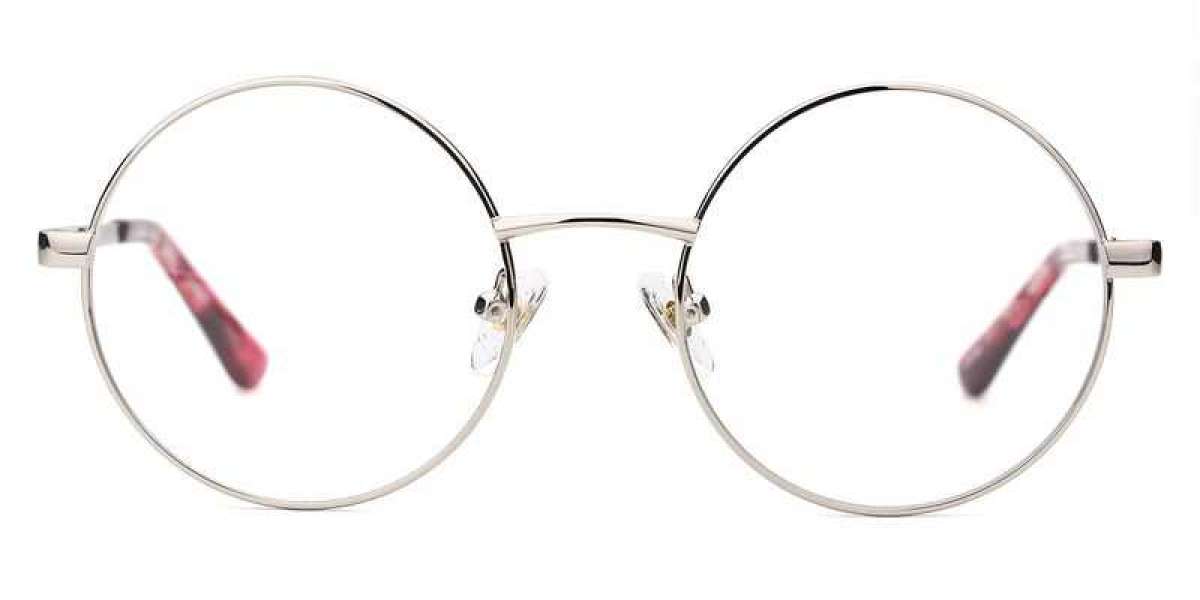Presbyopia is a physiological phenomenon that begins to appear in people at the age of 40. It is due to a decrease in the regulatory power of the lens, resulting in blurred vision. Myopia is a type of refractive error, divided into two types: congenital and acquired. So what is the difference between reading glasses and myopia glasses?
Presbyopia glasses (also known as convex lenses) can prevent fatigue when viewed close to the eye, as a normal vision of 1.5 (i.e. 5.2) requires an adjustment of approximately 3D (i.e.+300 degrees) for the human eye to see close to 30 centimeters. Your vision is 5.1 in the left eye and 4.8 in the right eye. Suggest going to a professional ophthalmic hospital for mydriatic optometry to determine whether it is true myopia or pseudomyopia. If it is true myopia, subtract+300 from the measured luminosity to determine the degree of convex lens you need to wear. For example, the measured luminosity is -0.50 degrees to the left and -1.00 degrees to the right. When looking closer, the number of degrees that a convex lens is required is:+2.50 degrees to the left and+2.00 degrees to the right.
Myopia is the bulging of the eyeball, where parallel light enters the eye and forms a focal point in front of the retina. External objects cannot form a clear image in the retina. Patients subjectively feel blurred when looking far and clear when looking close, and use concave lenses to correct myopia.









